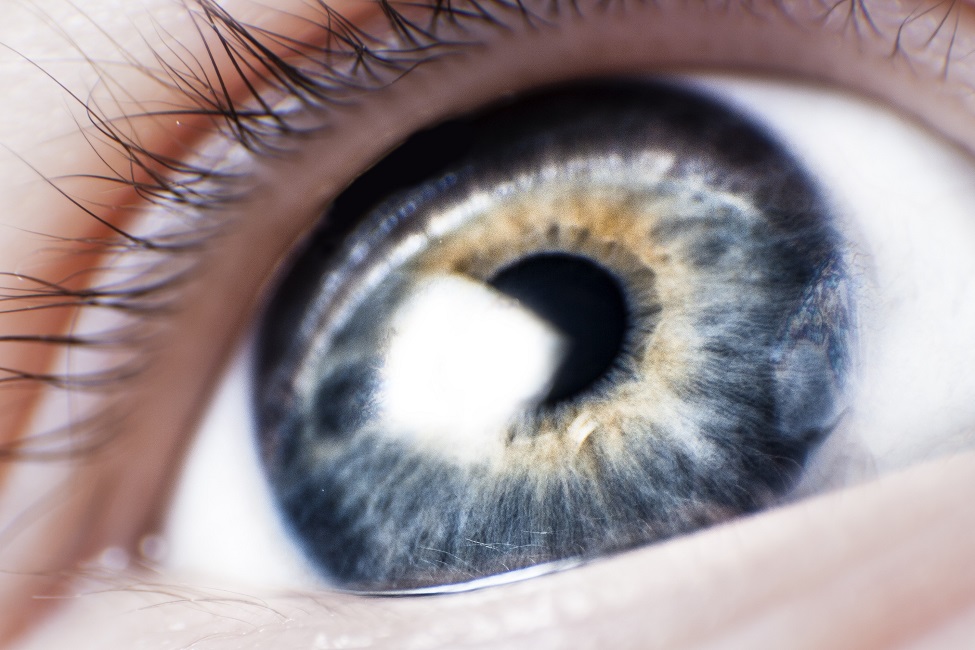New Method Proposes to Diagnose Dopamine-Linked Disorders

Results from one study suggests that monitoring retinal responses to light in humans may reveal physiological signatures of these dopamine-linked disorders, providing an approach to earlier detection and treatment.
If the “eyes are the window to the soul,” then a series of studies from a Florida Atlantic University laboratory suggests that they may also be a window into diagnosing and treating attention-deficit/hyperactivity disorder (ADHD) and other dopamine-linked neuropsychiatric disorders.
ADHD is the most prevalent inherited neurobehavioral childhood disorder that affects between 4 to 12 percent of school-aged children in the United States. Changes in the neurochemical dopamine are believed to contribute to this disorder as well as bipolar disorder and autism spectrum disorder (ASD). Individuals diagnosed with these disorders have been found to express a rare, functional alteration in the dopamine transporter. ADHD is more prevalent in relatives of bipolar disorder subjects and many individuals diagnosed with ASD meet clinical criteria for ADHD, suggesting that the three disorders, deep down, share common origins.
Several years ago, researchers from the FAU Brain Institute, led by Randy D. Blakely, Ph.D., executive director of the FAU Brain Institute and a professor of biomedical science in FAU’s Charles E. Schmidt College of Medicine, identified a rare, functional mutation in the dopamine transporter, DAT Val559, in two boys with ADHD. The mutation, which has previously been identified in subjects with bipolar disorder, was then identified in subjects with ASD. Blakely’s team hypothesized that elucidating the impact of the variant could provide new insights into how brain dopamine dysfunction drives mental illness, including those linked to ADHD, autism and bipolar disorder.
With mice whose DNA has been modified to express the DAT Val559 mutation, Blakely’s team is evaluating the molecular, cellular and circuit level disturbances that can increase risk for behavioral disorders, including changes in cognitive capacities, attention and impulsivity.
In a study recently published in the journal Behavioural Brain Research , Blakely’s graduate student, Gwynne Davis, was able to demonstrate changes in these mice that indicate impulsivity and an elevated motivation for reward. Impulsivity can be tested in a number of ways in mice, such as tasks that require the mouse to respond before a set time has elapsed. The DAT Val559 mice show a difficulty in waiting to receive rewards. Further studies indicate that this “waiting impulsivity” derives from an increased motivation to receive reward.
“While impulsivity is one of the core components of an ADHD diagnosis, and can be present in subjects with ASD and bipolar disorder, the source of that impulsivity remains unclear, and the type of impulsivity these subjects demonstrate can vary greatly,” said Blakely. “Our studies support the idea that disrupted dopamine signaling contributes to these disorders and may lead to more effective treatments.”
To take studies of the DAT Val559 model toward improved diagnostics, Blakely’s group decided to look into the eyes of his mice, measuring their response to light. Results of this study were recently published in the Journal of Neurobehavioral Disorders . Recognizing that dopamine is critical to the ability of the retina to sense changes in light, Blakely’s team, along with collaborators Heng Dai and Douglas G. McMahon, Ph.D., both at Vanderbilt University, used a noninvasive approach to monitor the retinal responses to light in the DAT Val559 mice.
They discovered that these animals show readily detectible changes in retinal responses that are consistent with increased dopamine signaling. Interestingly, this effect was found to be sex-dependent, detected in males but not females, which Blakely speculates may be related to the male predominance of ADHD and ASD diagnoses.
“Interestingly, there is evidence that patients with these disorders exhibit impaired retinal and visual functions,” said Blakely. “This suggests that altered dopamine signaling in the retina may be controlled by some of the same molecular disturbances that cause these disorders.”
Results from the study also suggest that monitoring retinal responses to light in humans may reveal physiological signatures of these disorders, providing an approach to earlier detection and treatment. Although rare, Blakely believes the DAT Val559 variant is representative of a more general abnormality underlying ADHD and ASD.
This research was supported in part by grants from the National Institutes of Health (MH105094, MH107132 and GM117650).
-FAU-
Tags: science | faculty and staff | jupiter | medicine | research